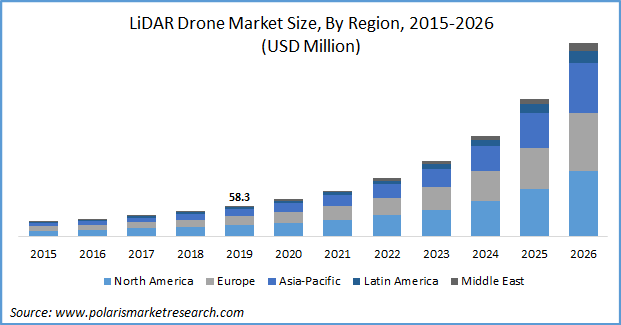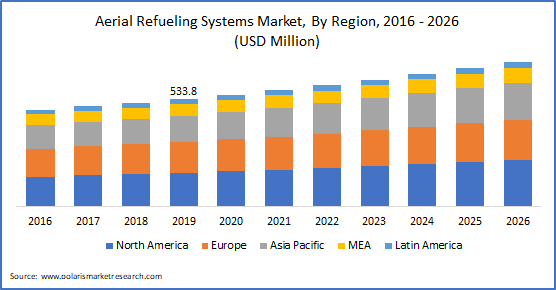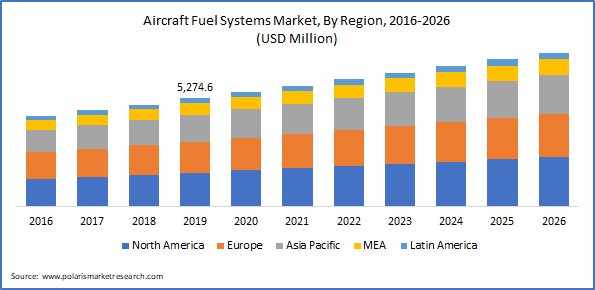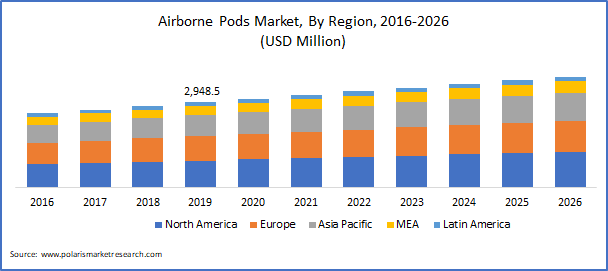New York City, 6 Nov 2020: The global tissue paper market size is expected to reach USD 93.2 billion by 2027 and is predicted to exhibit a CAGR of 6.1% over the forecast period. according to a new study by Polaris Market Research.The incorporation of tissue papers in various forms such as paper towels, serviettes, bathrooms and others across the household applications. Moreover, the high availability of raw materials and increase in government support for the raise in awareness for hygiene in the developing countries are creating the adoption opportunities in the market among consumers. The increase in demand to prevent use of plastic oriented hand tissue are further improving the demand in the market for tissue papers. In the market, in 2019, the household are widely accepting the tissue papers owing to the high level of hygiene preserved by the usage of tissue paper products rather than cotton towels.
Fabrics papers are user-friendly and beneficial for cleaning and sanitation. The demand for sanitation and hygiene products in the food and healthcare industries is driving tissues products such as tissue papers and tissue towels. In addition, developments in tissue production technologies like ADT, ATMOS, and NTT fuel market growth. However, the manufacture of tissue paper produces environmental concerns such as water pollution, toxic pulping and greenhouse-gas emissions, such as CO2.
 |
| Know more about this report: request for sample pages |
The production processes which deliver water efficiency, energy efficiency and recycled pulp paper for sustainable production are developed by the manufacturers. In addition, Gomà-Camps Maroc, S.A.R.L., a tissue paper supplier based in Morocco, offers customized products in their tissue papers. Company customizes all tissue napkins and tablecloths according to customer requirements, using company name and corporate identity.
The high availability of raw materials at low cost and easy recyclable features are creating its demand in the emerging economies along with the change in consumer lifestyle, rapid urbanization, and increase in purchasing power of consumers. Thus, tissue papers have been shown to be much more effective than cotton towels or any other product, since one tissue only uses a piece of tissue and is dumped in waste and the fresh tissue is next taken. For several reasons, it is not a good method to maintain hygiene to use the same cotton towel. These factors drive the worldwide market for tissue paper products.
On the other hand, towels can be used for several months, while tissues are only made to be used once. There is a much higher value for the total costs of the tissues used for the average towel life. For household purposes, tissue use is always worthwhile, while the consumer has already paid a fixed price away for home purposes, and therefore household tissue paper consumption is comparatively lower than that of household tissue paper products.
Some of the key players operating in the global market include Beeta Machines Private Limited, Asia Pulp & Paper, KCWW, Georgia – Pacific, Procter & Gamble, Lotus Tissue Papers Products, Hengan China Investment Co. Ltd., Janhavi Enterprises, CMPC, Cascades and Kimberly – Clark among others.
Read More: https://www.polarismarketresearch.com/industry-analysis/tissue-paper-market





